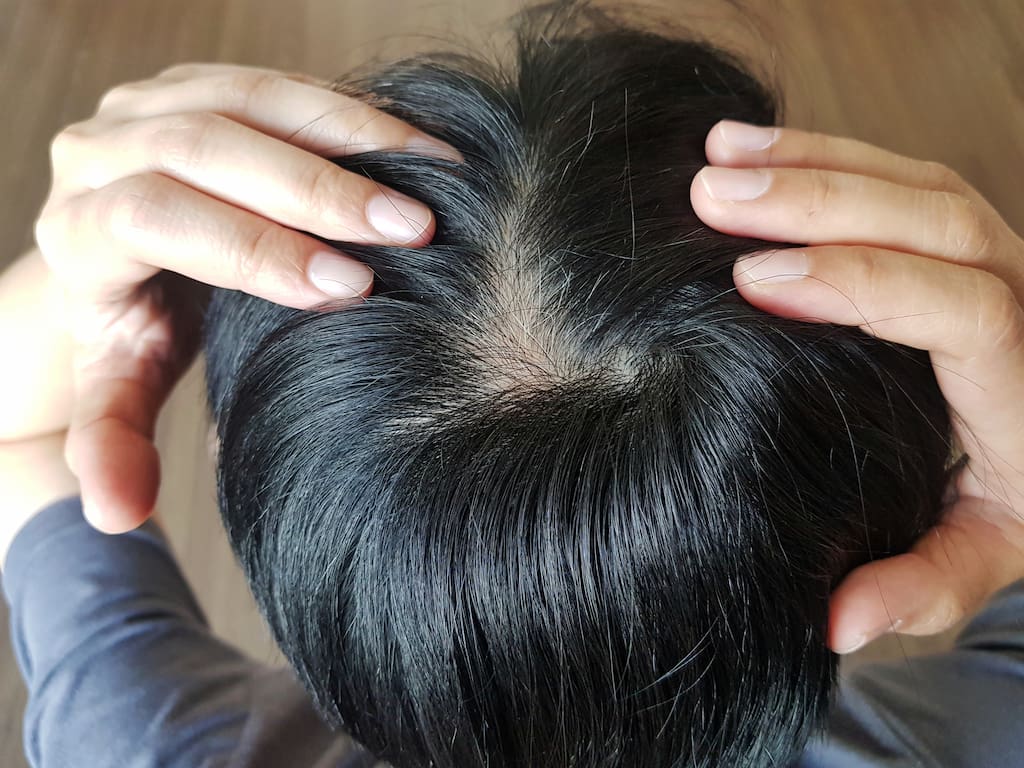The Long and Itchy Road: What Happens If You Leave Head Lice Untreated?
Head lice are small, wingless insects that live on the human scalp, feeding on blood. While they are a nuisance and can cause significant discomfort, head lice themselves aren’t dangerous and don’t transmit diseases. However, leaving them untreated for a long time can lead to a number of complications that can worsen the situation significantly.
This article explores the consequences of neglecting head lice infestation and the importance of prompt treatment.
The Itch Factor: Discomfort and Sleep Disruption
The most common symptom of head lice is intense itching, especially at the back of the head and around the ears. This is an allergic reaction to the bites of the lice. Constant scratching can lead to:
- Skin irritation and sores: Scratching can break the skin, creating open wounds that are susceptible to bacterial infections.
- Trouble sleeping: The intense itching can disrupt sleep patterns, leading to fatigue and irritability.
- Social stigma: Although lice aren’t a sign of poor hygiene, the misconception persists. Untreated lice can become noticeable, leading to social embarrassment and isolation.
Beyond the Itch: Potential Health Risks
While rare, in extreme cases of untreated head lice, more serious health problems can arise:
- Bacterial infections: Scratches caused by intense itching can become infected with bacteria, leading to swollen lymph nodes, pus-filled sores, and even a more serious infection called cellulitis. This requires prompt medical attention and antibiotic treatment.
- Iron deficiency anemia (rare): In very heavy infestations, lice can consume enough blood to cause iron deficiency anemia, especially in children. Symptoms include fatigue, pale skin, and shortness of breath. This is a rare occurrence but highlights the importance of addressing lice infestations promptly.
The Domino Effect: Impact on Hair and Scalp Health
Leaving head lice untreated can also negatively affect the health of your hair and scalp:
- Hair loss: Constant scratching can damage hair follicles, leading to hair loss in the affected areas.
- Tangled hair: Lice and nits (lice eggs) can make hair tangled and difficult to manage.
- Scalp inflammation: Chronic irritation from lice bites can cause inflammation of the scalp.
Untreated Lice: A Breeding Ground for More Problems
Head lice reproduce quickly. A female louse lays around 6 eggs a day, which hatch in about a week. This rapid multiplication means an untreated infestation will only worsen over time, making it harder to eradicate. Additionally, lice that are not treated promptly are more likely to develop resistance to lice treatment medications.
Importance of Early Intervention: Effective Treatment Options
Fortunately, head lice are treatable. There are a variety of over-the-counter medicated shampoos, lotions, and creams available that effectively kill lice and their eggs. Treatment typically involves two applications a few days apart to ensure all lice and nits are eliminated.
In addition to medicated treatments, thorough combing with a special fine-tooth comb can help remove nits and dead lice. It’s also crucial to wash all bedding, clothes, and stuffed animals that have been in contact with the infested person to prevent re-infestation.
For persistent cases or infestations resistant to over-the-counter treatments, a doctor can prescribe stronger medications.
Preventing the Spread: Essential Hygiene Practices
Head lice spread easily through direct head-to-head contact or by sharing personal items like combs, brushes, hats, or headphones. Here are some key steps to prevent the spread of head lice:
- Regular head checks: Regularly checking your child’s head, especially behind the ears and at the nape of the neck, for lice or nits is crucial for early detection.
- Avoid sharing personal items: Discourage children from sharing combs, brushes, hats, headphones, or other personal items with others.
- Maintain good hygiene: Teach children about good hygiene practices, such as avoiding close head-to-head contact.
Frequently Asked Questions (FAQ) about Head Lice
Q: How long does it take to get rid of head lice?
A: With proper treatment, it usually takes about two weeks to completely eliminate lice and nits. However, it’s important to follow the treatment instructions carefully and repeat the application after a specific timeframe (usually 7-10 days) to ensure all lice are eradicated.
Q: Are there any home remedies for head lice?
A: While some people recommend home remedies like using mayonnaise or olive oil to suffocate lice, there’s limited scientific evidence to support their effectiveness. Medicated treatments are the most reliable way to get rid of head lice.
Q: Can head lice spread to pets?
A: No, head lice cannot survive on pets. They are specific to humans and require human blood to survive.






More Stories
Where to Watch USMNT vs Jamaica National Football Team
How I Met My Monster
How Should a Ring Fit